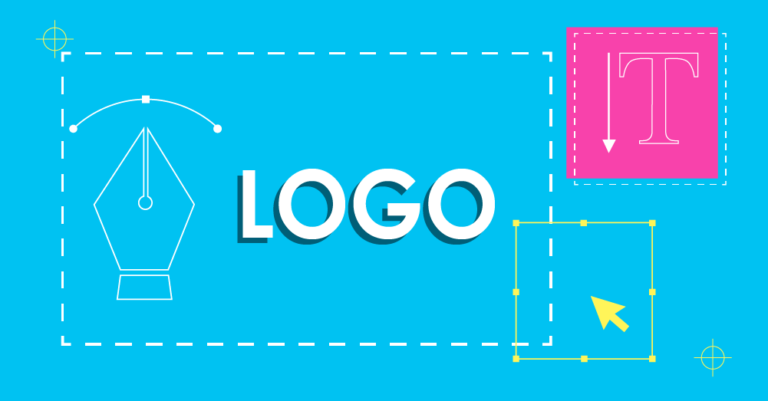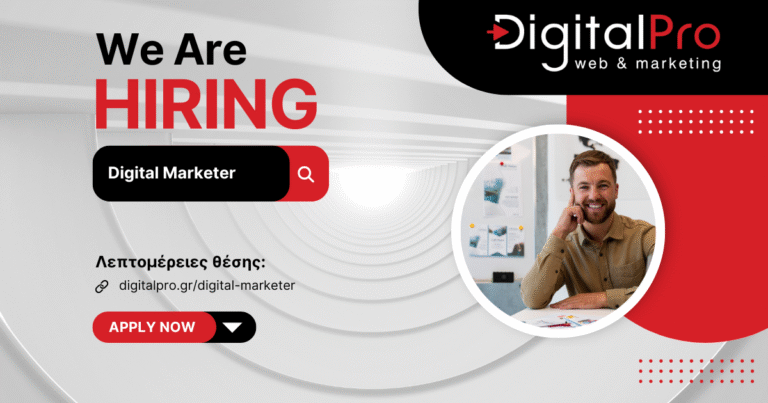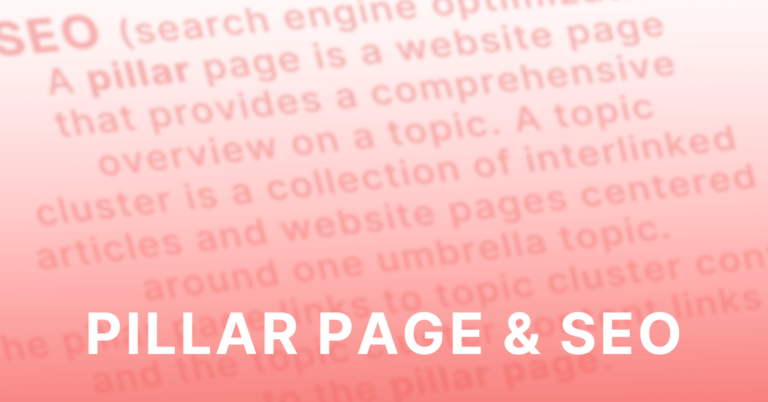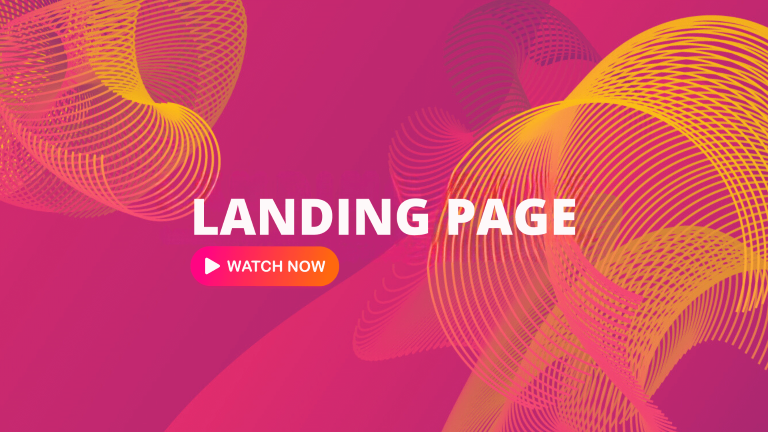What is the logo?
A logo, often referred to as a logo, is a visual representation or symbol that represents a brand, company, organisation, product or individual. It is a distinctive mark that helps to identify and differentiate the entity in the marketplace.
A logo usually consists of a unique combination of typography, symbols, shapes and colours, designed in a visually appealing and meaningful way. It serves as a visual representation of the brand's identity, values and personality.
What are the forms of logos
- Wordmark: A word mark logo consists of the trademark or a specific word written in a unique and stylized typography. Examples include the Coca-Cola logo and the Google logo. Word marks focus primarily on typography to create a recognizable and memorable visual representation.
- Lettermark: A letter logo uses the brand's initials or acronym to create a solid and visually appealing mark. Such examples are the IBM logo and the HBO logo. Letters are especially useful when the brand name is long or difficult to remember.
- Trademark: A trademark, also known as a symbol or emblematic logo, is a visual representation or symbol representing the brand name without accompanying text. Examples include the Apple logo and the Nike swoosh. Trademarks are often simple, abstract or stylized representations that evoke a specific meaning or association with the brand.
- Combination signal: A combination mark combines text and a symbol or icon to create a unified logo. Such examples are the Adidas logo and the Starbucks logo. Combination marks allow for flexibility, as they can be used together or separately, depending on the context and application.
Logos play a critical role in branding, as they help create brand recognition, establish a visual identity and evoke emotions or associations with the brand. A well-designed logo should be memorable and adaptable to different media and applications. It should effectively communicate the essence and values of the brand to the target audience.

Do logos really matter and what is their purpose?
The purpose of a logo is multifaceted and serves many important functions for a brand or organization. Their importance is crucial for a number of reasons:
- Recognition of the name: Logos are a visual representation of a company's identity. A well-designed and recognizable logo helps customers quickly recognize and remember a brand. When customers see a familiar logo, it evokes associations with the brand, its products or services, and its reputation. This recognition can lead to increased trust, loyalty and retention.
- Diversification: Logos play a vital role in distinguishing a brand from its competitors. A unique and visually appealing logo helps in creating a distinct identity in the marketplace. It allows brands to showcase their personality, values and positioning, helping customers differentiate between similar products or services. A memorable logo can help a brand stand out in a crowded marketplace.
- Professionalism and reliability: A professionally designed logo gives a brand a sense of credibility and professionalism. It shows that the brand is serious about what it offers and pays attention to detail. A well-designed logo can instill trust in customers and make them more likely to interact with the brand.
- Emotional connection: Logos have the power to evoke emotions and create a connection with customers. Through the use of color, typography and symbols, a logo can convey the values, personality and emotional benefits of the brand. This emotional connection can enhance customer loyalty and brand love.
- Consistency and cohesion: A logo serves as a fixed visual element at various brand touch points. Whether it's on a website, packaging, social media profiles or promotional materials, a consistent logo helps create a cohesive brand experience. It ensures that customers can easily recognize and connect with the brand across different platforms and channels.
- Marketing and Advertising: Logos are essential in marketing and advertising efforts. They appear prominently in advertisements, campaigns and promotional materials, reinforcing brand identity and increasing brand recall. A strong logo can act as a visual anchor in marketing materials, attracting attention and reinforcing brand messages.
While logos alone do not determine the success of a brand, they are a fundamental element of branding and can have a significant impact on customer perception, recognition and loyalty. A well-designed logo, combined with a strong branding strategy and consistent brand experience, can contribute to a brand's overall success and growth.
Want to learn more about branding? Read our article presenting the 'Branding and its importance'.
Logo design as a strategic tool!
Logo design is indeed a strategic tool in the broader context of branding. Here are some ways in which logo design can be approached strategically:
- Reflecting the identity of the brand: A logo should visually represent and reflect the brand's identity, values and positioning. Strategic logo design involves understanding the essence and target audience of the brand and translating that understanding into visual elements. It should match the brand personality and communicate the right message to the target audience.
- Creating diversification: A strategically designed logo helps a brand stand out from competitors. It should be unique and distinctive, allowing the brand to differentiate itself in the marketplace. Logo design considerations should include competitor analysis to ensure that the logo is distinctive and captures the brand's unique selling points.
- Ensuring flexibility: A strategic logo design takes into account the various applications and media in which the logo will be used. It should be adaptable to different sizes- small and large, maintaining its integrity and readability in different sizes, backgrounds and materials. This flexibility ensures consistent branding across all platforms, be it print, digital or physical.
- Timelessness and longevity: A strategically designed logo is intended to have lasting power. It should be able to stand the test of time. While it is necessary to remain current and relevant, a logo should also have a timeless quality to avoid frequent redesigns that can erode brand recognition and consistency.
- Resonance with the target audience: Strategic logo design involves considering the preferences and aspirations of the target audience. The logo must resonate with the target audience, evoking positive emotions and creating a connection. It should be designed with the demographics, psychographics and cultural context of the audience in mind.
- Consistency in Branding: A strategic logo design lays the foundation for a consistent brand identity. It acts as a visual anchor that connects various brand touch points, ensuring a cohesive and unified brand experience. Logo design elements can inform and influence other branding elements , such as color palette, typography and visual style.
- Inducing the desired perception: The strategic design of a logo can shape the perception of a brand. Through the use of colours, typography, symbols and design elements, a logo can evoke specific emotions and associations. A well-designed logo can help establish the desired perception of the brand in the minds of consumers.
Strategic logo design takes into account the broader goals and objectives of the brand, the target audience and the competition. It goes beyond aesthetics and visual appeal to create a strong and effective visual representation that aligns with the strategic direction of the brand.
Read the 5 Tips for a successful logo!!
Does the logo design influence the client's decisions?
Of course, logo design can also influence customer decisions in a number of ways:
- Brand perception: A well-designed logo can shape the perception of a brand in the minds of customers. It acts as a visual representation of the brand's identity, values and quality. A professionally designed and aesthetically pleasing logo can create a positive impression, reinforcing the perceived professionalism and credibility of the brand.
- Brand recognition: A distinctive and memorable logo helps customers recognize and remember a brand more easily. When a logo is consistently displayed across various touchpoints, such as websites, social media profiles, packaging and advertising, it enhances brand recognition. This familiarity and recognition can positively influence customer decisions, as customers tend to choose brands with which they are familiar and trust.
- Diversification: A strategically designed logo can help a brand stand out from competitors. In a saturated market, a unique and visually appealing logo can attract attention and differentiate a brand from others. When customers perceive a brand as distinct and different, it can influence their decision-making process and make them more inclined to choose that brand over competitors.
- Emotional connection: Logo design elements such as colours, typography and symbols can evoke emotions and create a connection with customers. A well-designed logo that resonates with the preferences and aspirations of the target audience can evoke positive emotions and create a sense of connection with the brand. This emotional connection can influence customer decisions by enhancing trust, loyalty and preference for the brand.
- Reputation and brand trust: A logo is often associated with the brand's reputation and past experiences with the brand. If a customer has had positive experiences or heard positive comments about a brand, seeing the logo can reinforce those positive perceptions. On the other hand, a poorly designed or unprofessional logo can create doubt and affect customer confidence, potentially leading to negative decisions.
- Product perception: In some cases, a logo can affect the way customers perceive a particular product or service. If a brand is known for its quality and innovation, a logo can act as a visual cue signalling these characteristics. Customers can associate the logo with positive product experiences and make purchase decisions based on this association.
While logo design is only one factor among many that influence customer decisions, it can play an important role in shaping brand perception, recognition, differentiation, emotional connection and trust. A strategically designed logo that identifies with the brand values and resonates with the target audience can positively influence customer decisions and contribute to the brand's success.
Overall, the purpose of a logo is to visually represent and communicate the essence of a brand, establish brand recognition, create trust and differentiate the brand from competitors. It plays a critical role in branding efforts and contributes to the overall success and perception of a brand or organization.
So whether you are a business or an individual promoting products or services, a logo is a must! We design the logo with care, with a detailed study of your object and the audience you are targeting. It may seem simple, but it is something that must manage to communicate your character and credibility. See more about our service!







